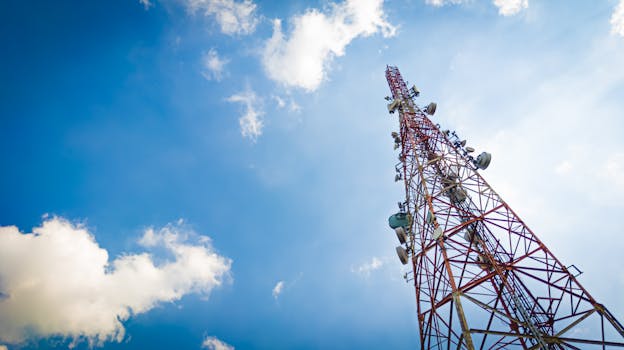
Satellites as Sentries: Advanced Technologies for Global Communication and Surveillance – Satellites
Satellites as Sentries: Advanced Technologies for Global Communication and Surveillance is an essential component of modern life, and satellites play a vital role in this process. With the increasing demand for global communication and surveillance, satellites have become an indispensable tool for various industries, including telecommunications, navigation, and weather forecasting. In this article, we will explore the advanced technologies used in satellites for global communication and surveillance, and their impact on our daily lives.
The use of satellites for global communication and surveillance has been increasing rapidly over the years. Satellites offer a wide range of benefits, including global coverage, real-time monitoring, and high-speed data transmission. They enable us to stay connected with people across the globe, navigate through unfamiliar territories, and predict weather patterns. Moreover, satellites are used for military surveillance, disaster management, and environmental monitoring, making them a critical component of modern infrastructure.
Advanced Technologies Used in Satellites
Several advanced technologies are used in satellites to enable global communication and surveillance. Some of these technologies include:
Transponders are devices that receive and retransmit signals, enabling communication between satellites and ground stations. They are used in various satellite applications, including television broadcasting, telecommunications, and navigation. Transponders are designed to operate in different frequency bands, such as C-band, Ku-band, and Ka-band, each with its own unique characteristics and applications.
Antennas are critical components of satellites, responsible for transmitting and receiving signals. They are designed to operate in different frequency bands and are used in various satellite applications, including communication, navigation, and weather forecasting. Satellites use different types of antennas, such as parabolic antennas, phased array antennas, and horn antennas, each with its own unique characteristics and applications.
Solar panels are used to generate power for satellites, enabling them to operate for extended periods. They are designed to convert sunlight into electrical energy, which is stored in batteries for later use. Solar panels are a critical component of satellites, as they enable them to operate in space for many years.
Applications of Satellites in Global Communication and Surveillance
Satellites have a wide range of applications in global communication and surveillance. Some of these applications include:
Television broadcasting is one of the most common applications of satellites. Satellites are used to transmit television signals to different parts of the world, enabling people to watch their favorite programs and stay informed about current events. Satellites are used in various television broadcasting applications, including direct-to-home (DTH) broadcasting, cable television, and satellite radio.
Telecommunications is another critical application of satellites. Satellites are used to provide internet connectivity, voice communication, and data transmission services to people in remote and underserved areas. They enable people to stay connected with each other, access information, and conduct business transactions.
Navigation is a critical application of satellites. Satellites are used to provide location information and timing signals, enabling people to navigate through unfamiliar territories. They are used in various navigation applications, including GPS, GLONASS, and Galileo.
Conclusion
In conclusion, satellites as sentries: advanced technologies for global communication and surveillance – Satellites play a vital role in modern life, enabling global communication and surveillance. With the increasing demand for global communication and surveillance, satellites have become an indispensable tool for various industries, including telecommunications, navigation, and weather forecasting. The advanced technologies used in satellites, such as transponders, antennas, and solar panels, have enabled real-time monitoring and high-speed data transmission. As technology continues to evolve, we can expect to see even more innovative applications of satellites in the future.